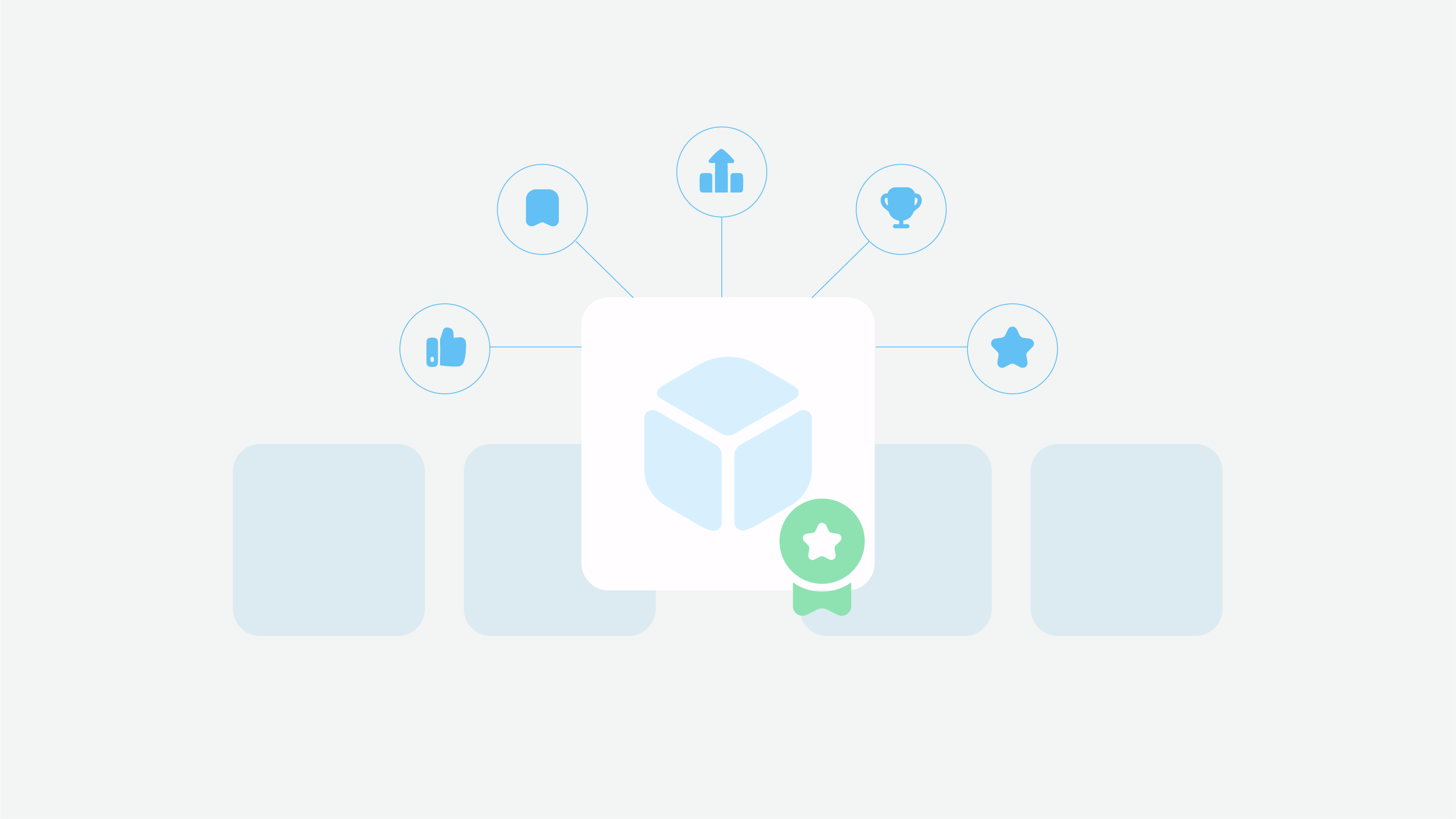Reality is an acknowledgment of product quality and usefulness is always in the hands of users. After all, only the product considered to be nice will be popular and profitable.
It means market offer and user preferences must be taken into account while developing the product. In this respect, a digital product is all the same as any product we use daily and requires solid usability testing and research background behind the design and development.
The use of UX research

So, why the UX research is important? Simply, because it helps both the designer and the business the product should work for.
As for the business, research is beneficial, because it saves development and process costs, reveals what users actually want so that to implement it and increase their satisfaction levels and loyalty.
Generally, for the business research uncovers opportunities to earn more.
As for the designer, UX design research helps to understand what actually must be done, what features are usually implemented to products of the type they work on, what looks good and what is popular. Also, research is great when it comes to behavior understanding and context setting.
Research answers the questions who, how, when and in which circumstances use the product. Without this information, there is a high chance to create the product doesn’t bring anything new to the competition or the one nobody is in fact interested in.
How to make the use out of UX research
The design research process is systematic and at first glance a bit complicated. There are two groups of UX design research methods by purpose.
The first is conducted before the beginning of the design and development. We can call it generative research. It helps to find your problem area and understand the initial points for future design.

Generative research can be grouped broadly into two types:
comparative/competitive research;
user research.
The first one speaks for itself – it is the research of the market and competition. The designer’s task here is to explore what is already available on the market and how it is usually built, which products are more popular and what is special about the product we are going to create.
Except for evaluating the idea itself (cause one of the main goals here is to understand what is special about the project), it also gives the designer the frame of usual styles and colors typically used in projects of such type.
Accordingly, comparative and competitive analysis design research methodology includes the next stages:
Competitor products examination. The first stage of UX testing is a thorough examination of the market for your product. Discover, what products are already available and evaluate the innovativeness of your proposition.
Сompetitor characteristics analysis. Now it is time to analyze how the competitors’ product is described and perceived, what are their ratings and reviews. At this stage, it is important to notice which features are often implemented and how valuable they are.
Element analysis. Now it is time to specifically analyze UX and UI of the competitors’ products. For a UX analysis, you look at the navigation, workflows, and mental models. For a UI analysis, you look at color schemes, images, and other components that make up the products’ UI.
User research, in turn, allows the designer to get acquainted with the users of the product, get to know what are their preferences, age, gender, circumstances in which they tend to use the product.
In addition, user interface research can complement the competitive research and point out which of the users’ requirements remain unmet by the competitors.
User research is usually conducted in communication with users. Methods here can vary depending on the product you are working on. Generally, they can be divided into qualitative and quantitative methods depending on user experience research goals.
If the internal app is designed you can specifically identify who the users are – it means the qualitative testing is needed. It gives the most precise information about what the user expects from the product.
Interviews (individual or group) are the most common form of qualitative analysis. Interviews are usually contextual, foe example in users’ natural environment.
In case you need to get an extensive picture of your users needs and preferences, it is time to apply for quantitative testing methods.
Quantitative methods characteristic is an opportunity to cast a net around the group of people potentially interested in your project to find out what they want and need.
Interviews, work with UX focus groups (moderated discussion), surveys, tree tests (where users try to find locations in the tree where tasks can be completed), card sorting (research technique where users make the categories that make sense to them and label them) are the most popular methods of user research.

Mixed methods approach is also quite popular as the one that gives the fullest information.
Sometimes problems appear after the launch of the product.
To fix them, there is an option of evaluative research or, as it also called, ongoing research.
Evaluative research methods help to assess a particular idea, design, or assumption. It can be based on users’ feedback on the features implemented. The frequently used methods here are A/B testing, card sorting, heuristic evaluations, and surveys.
It is a good idea to entrust the research to designers. It can guarantee research will be fulfilled by the person that knows exactly when to use each UX research method, will do it qualitatively and take care of the successful implementation of its results.
Great if as the customer and person interested in the quality of the product, you can provide the design team with some statistics or at least the basis for its gathering, for example, help with forming research focus groups.
How long it takes to conduct UX research depends on the scale and difficulty of the project.
Note that all the types of research are pretty important since they can help to access the product from the different point of view and on every stage of its development and even before its beginning.
Take care of research, it saves your money and help you build the right product in the right way.










